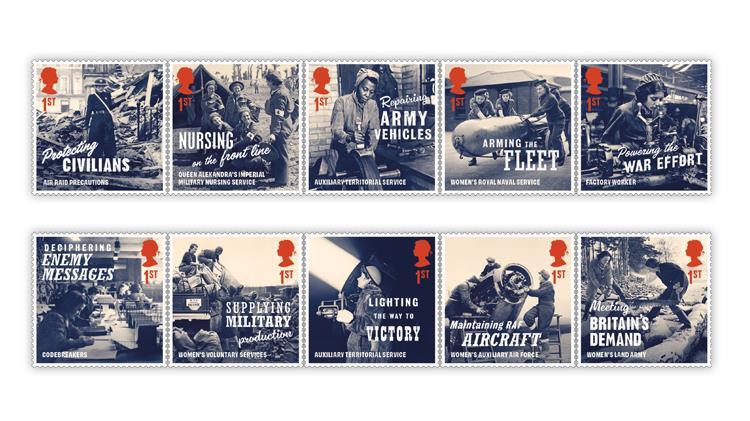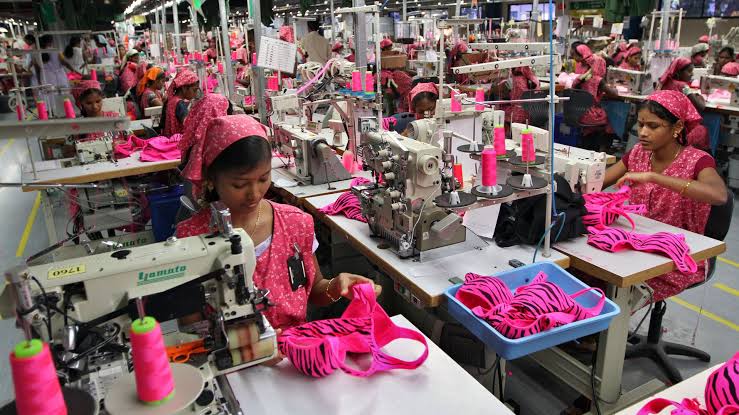
Royal Mail commemorates the contributions of women in the Second World War
The contribution of women in the Second World War often does not get the recognition it deserves. It was not just the men who worked hard and sacrificed their lives to serve their country during the war, but women were at the forefront too.
Royal Mail has decided to celebrate these women who made significant contributions to Great Britain during the war. A new set of 10 non-denominated stamps demonstrate the wide range of works shouldered by women during the years of war.
One of the most noticeable stamps is the one showcasing a bunch of female code breakers immersed in their work of tackling complicated cryptographic machinery at Bletchley. Two of the stamps in the set include photographs of women working in the Auxiliary Territorial Service. Each stamp contains texts explaining the actions shown in the picture.
The Auxiliary Territorial Sevice is the women’s section of the British army. Established in 1938, it received full military status in 1941. However, they were not allowed in combat roles.
One stamp pays tribute to the Women’s Auxiliary Air Force. Britain constituted the Women’s Auxiliary Force in 1939. The photo on the stamp manifests the Women’s Auxiliary Air Force operating Royal Air Force aircraft. The other stamp shows Women’s Royal Naval Service moving a weapon on a cart. Women’s Royal Naval Service was established during the First World War and was disbanded in 1919. However, it was re-established in 1939.
According to the Royal Air Force Museum, the Women’s Auxiliary Air Force was separated from the Auxiliary Territorial Service in 1939. Britain started female conscription in 1941. By the middle of 1943, most women were enlisted in wartime employment. The stamp with the inscription ‘Powering the War Effort’ exemplifies the women that worked in factories during wartime. The stamp exhibits the Women’s Land Army sawing the snow-covered logs to meet the demands of the goods.
Britain introduced the Women’s Land Army during the First World war, but it was disbanded later. It was re-established during the Second World War to boos agricultural labour. The Women’s Land Army had a section named the Timber Corps. There were around 6,000 women in the Timber Corps that undertook the jobs of cutting down the trees and operating the sawmills.
The other stamps or tray how many women were directly involved in ensuring the safety of Britain and its civilians.
An additional four stamps illustrate the courageous actions of the ferry pilots of the Air Transport Auxiliary. They are also known as the Spitfire Women. Air Transport Auxiliary distributed aircraft to the RAF during the war. The pilots had to risk their lives to get the planes to the destination.
It feels like wars are usually described from the perspective of men. It is refreshing to see Royal Mail commemorating the contribution of women in the Second World War.




